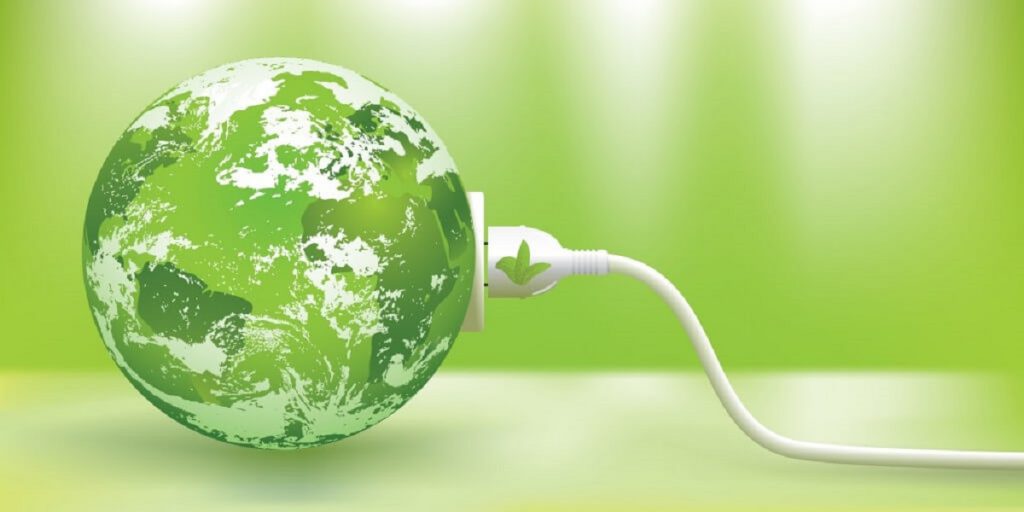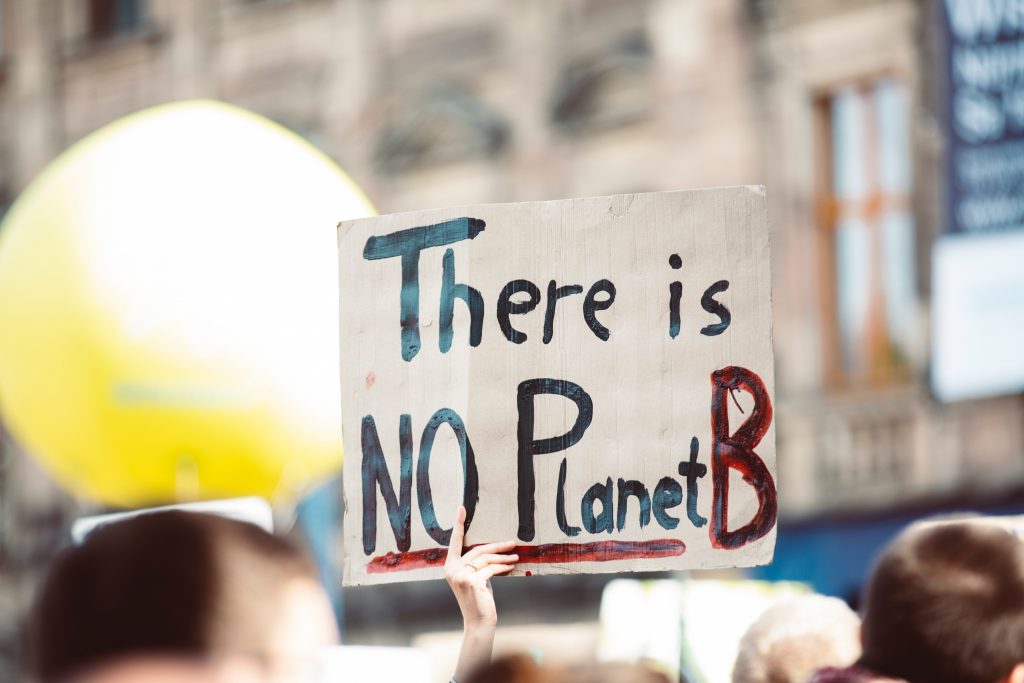Taavi Madiberk, the co-founder and CEO of Skeleton Technologies, an Estonian-founded global manufacturer of ultracapacitors, writes that Estonia should not miss out on the opportunities offered by the growing European cleantech industry – backed up by the huge EU investment – and encourages the country to have a clear and focused industrial strategy.
On 15 January, the EU Commission announced the European Green Deal Investment Plan with a total value of €1 trillion.
The transition to carbon neutrality is the greatest challenge of our times, but this is usually viewed as a cost item, which puts additional pressure on our economy. As a businessperson, I think we should change our thinking in Europe and in Estonia – climate change is the biggest opportunity since the internet revolution.
Firstly, when discussing climate change, we should make a few things clear:
- It is pointless to debate whether or to what extent climate change is man-made, the only thing that matters is that human activity can make a difference in fighting climate change.
- As for fighting climate change, make no mistake – no solution can be environmentally sustainable, if in the long run it is not economically sustainable.
- Innovation is a must, as Bill Gates has said: we can buy as much as old technology we like, but it will not solve climate change.
- This is a macrotrend, similar to the internet revolution: there will be winners and losers. So, Estonia needs to act now if we want to make a change.
Real money behind the green deal
In Estonia, we have missed the importance of the European Green Deal; these are not just another set of nice words from Brussels, but there is real money behind it. Given that our economy is currently based on carbon, it is not a small change of policies that is expected, but a tectonic shift in the way our society and economy is structured. Each industry, each economic sector will be impacted.
The first figures are impressive: at least €1 trillion in sustainable investments will be made over the next decade. Half of the investment will come from the EU budget. National governments will contribute €100 billion; €300 billion will come from the private sector with a key role to be played by the European Investment Bank. Another €7.5 billion from the 2021-2027 EU budget is earmarked as seed funding within a broader mechanism expected to generate another €100 billion in investment.

Green revolution
Let’s face it: the fight against climate change will determine the new EU growth strategy. From a business perspective, it is the biggest opportunity since the internet revolution. Let’s not fool ourselves, Europe has missed the internet wave: none of the top 10 tech companies are European; more dramatically, out of the top 25 only two are European.
But European companies can be global leaders in cleantech if we create the right framework for the emergence of European champions.
If we look forward the next 20 years, then how many of the top 25 cleantech companies will be European? Is there a chance that one or two of them could be Estonian?
Officials and politicians talk about the EU Green Deal, but the technological solutions for fighting companies will not come from the state, but from competitive companies.
The European Green Deal has to prioritise access to financing – it is going to be very important if we want to create European champions. As an example, Tesla really started off thanks to a $465 million government green energy loan provided in 2010 to develop its electric cars. To put this into perspective – after receiving the loan, they raised only $220 million from their IPO. With help from the loan, Tesla built out its production facility in Fremont, California, and launched the Model S sedan in 2012. Tesla’s market value is now more than Ford and GM combined.

What role can Estonia play in this?
To begin with, at the helm of the Green Deal we have an Estonian – Kadri Simson (the EU energy commissioner – editor), most likely a position of highest historic importance which an Estonian has ever held. But let’s look at the local situation.
According to estimates, achieving climate neutrality in Estonia by 2050 will cost approximately €17.3 billion over 30 years. This would mean four per cent of the GDP annually for the next decade, two per cent for the second decade and a percent of GDP for the final decade of the push. However, is Estonia only going to be a consumer of climate technologies or can we provide our own technologies to fight climate change globally?
Estonia has three key advantages to take benefit of this transition to carbon neutrality.
First, we have a world-class education in science and mathematics. Second, our expertise in IT – this is important since all the solutions for fighting climate have both software and hardware components. Third, our startup mindset makes us agile and adaptable.
But it is not enough to capitalise on the business opportunities.
Raising R&D investments
Most of our R&D effort is in the public sector. In successful countries such as Japan, South Korea or even Germany, most development is in the private sector – the state has financial incentives to encourage private sector R&D. Estonian public debate here is turned upside down with the debate focusing on R&D in the public sector – that has importance, but any practitioner can tell you there is no carry-over to the real economy.
What is the solution here? Estonia is a relatively poor country, so we can’t compete with state subsidies to attract business and industry. I would suggest saying no to all subsidies! Estonia should differentiate itself by only giving out equity or loans, and investments should be always matched by private investors. This means that, instead of giving out subsidies, the target is not only socio-economic impact and increased taxes, but also return on investment, which can be re-invested in the future.
From the perspective of an investor, in projects of energetics or hardware, which cleantech usually is, your risks are much higher than with IT – you invest much higher sums, but the rewards are also significantly greater.

Industrial strategy
If Estonia wants to break the ceiling glass, it also needs a clear and focused industrial strategy. It is unrealistic to have a widely diversified economy with 1.3 million people. Success requires critical mass because there will be no environmental sustainability without economic sustainability. We need to focus on some sectors, on our core strengths, on developing high-tech manufacturing.
Again, other countries, such as Germany, Japan or South-Korea, are doing it wisely because they consider themselves to be too small economies to operate globally across all industries. Even the European Union is currently working on an industrial strategy. This relates to the educational system, funding for academia, regulations and state investments.
Some might say manufacturing is only viable in low-cost Asian countries and Estonia is too high cost for manufacturing and we should not even try to attract manufacturing business. If we look at where the latest gigafactories have been built, then yes, China, but also the US, Japan and Korea, which are not low cost by any measure.
Recently, a Swedish company, Northvolt, announced a €1 billion investment and the plan to build a 32 GWh battery factory in Sweden in the mining region of Skellefteå and the creation of 5,000 direct jobs. Not a low cost by any measure and as an idea to the Estonian politicians – a single battery issue could solve the entire socioeconomic of Ida-Virumaa and make it a fast-growth industrial hub.
Measure what matters
On official level, we are currently only measuring the reduction of emissions – we should be also measuring also what is the added value for Estonian economy from the money spent to tackle climate change. The aim here is to have a net positive effect.
In order to achieve these goals, we have to be pragmatic and we need unity. We should avoid politicising climate change and creating “for and against” camps, the “good and bad”. Just like Bill Clinton’s strategist once said, “it’s the economy, stupid”.
I am confident that the Estonian economy can benefit from the opportunities offered by the transition to carbon neutrality if we are willing to transfer the political rhetoric to real action.
Climate change is a threat to humanity but developing the technologies to fight against it is an amazing business opportunity because it will create and open a huge market. Estonia is uniquely positioned to turn this from a crumbling cost item, to a high growth net positive driver for the economy, but we need to act.
The EU Green Deal gives us the first push, but it is not enough. It is now time to get things done.
The opinions in this article are those of the authors. Cover: A climate change protestor’s sign in Germany. Photo by Markus Spiske on Unsplash.

